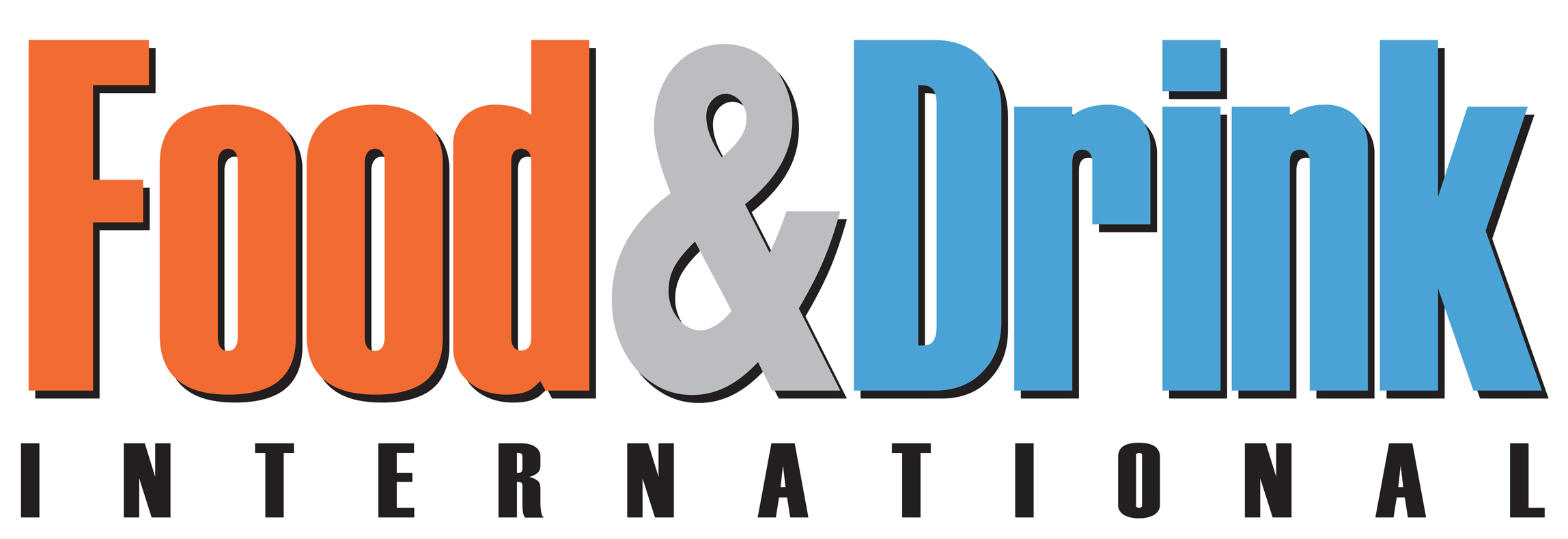Ongoing trade uncertainty dominated discussions at the recent Sosland Purchasing Seminar, with tariffs emerging as a key disruptor for commodity and ingredient markets. While the financial impact is still unfolding, the policy environment is already shaking confidence across global supply chains.
US-China relations remain the focal point. A tentative agreement appears to preserve steep tariffs (55% on Chinese imports and 10% on US exports), keeping pressure on key sectors like soybeans and cocoa. With China pivoting toward Brazilian soybeans, US exporters risk further erosion in market share.
Meanwhile, cocoa exporters are leaning toward European markets, avoiding the US due to its unfavourable tariff regime. This comes amid already record-high cocoa prices and ongoing reliance on imports from West Africa.
Tariff-free arrangements with Canada and Mexico have shielded North American agricultural trade, but broader market volatility persists. Analysts warn of potential price hikes and slower business investment as uncertainty dampens confidence.
The packaging industry faces its own challenges. While PET imports from Mexico and Canada remain tariff-free, US reliance on foreign aluminium and steel could be tested under continued trade restrictions.
Despite these trade headwinds, analysts predict modest food price increases at retail, if any, in the short term. However, broader inflationary effects may impact general merchandise sooner.
For now, commodity buyers and manufacturers are focused on supply continuity and weather-related crop impacts, with meteorologists forecasting relatively stable growing conditions. Still, the shadow of tariffs remains a critical variable in long-term planning.


